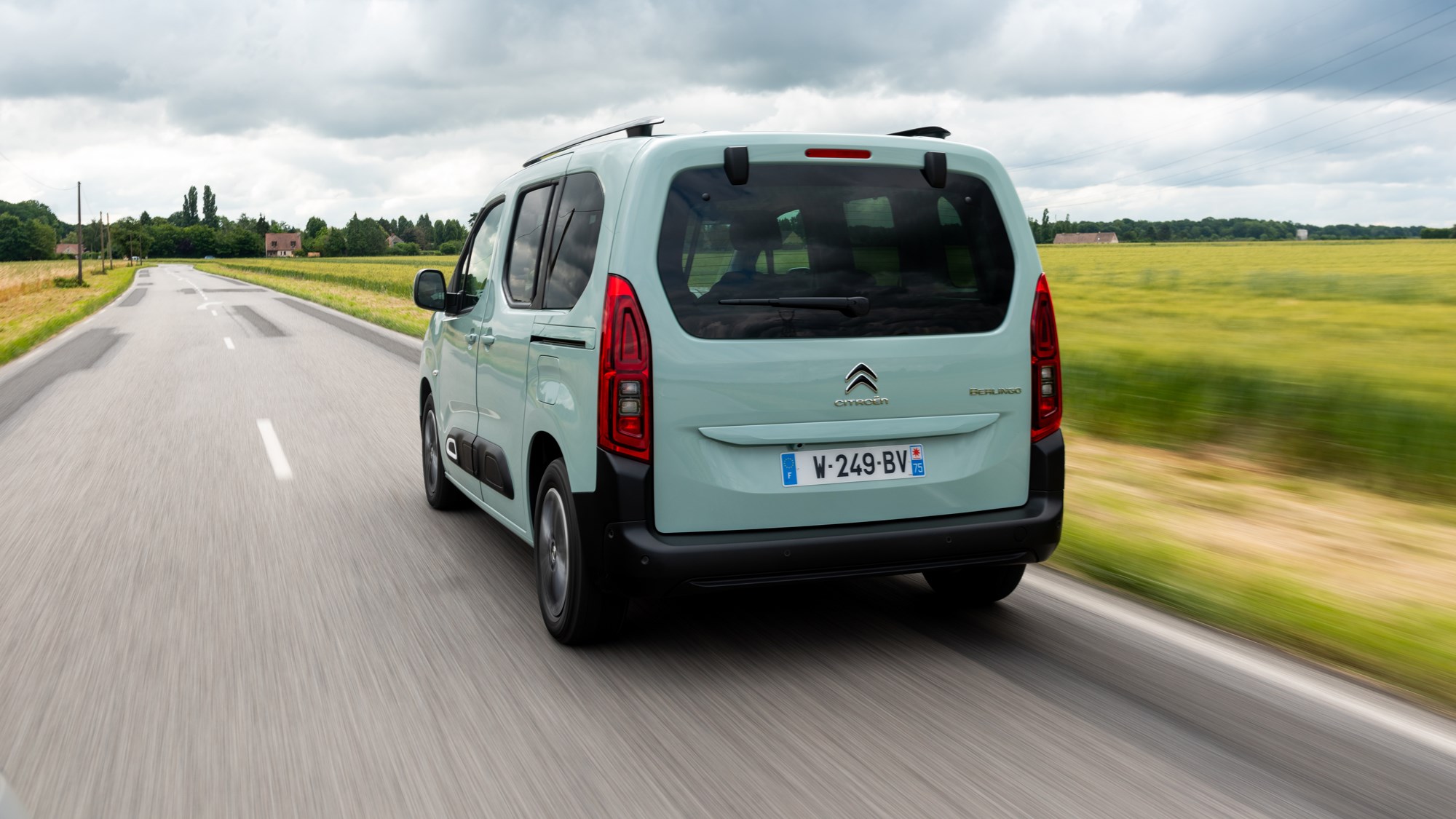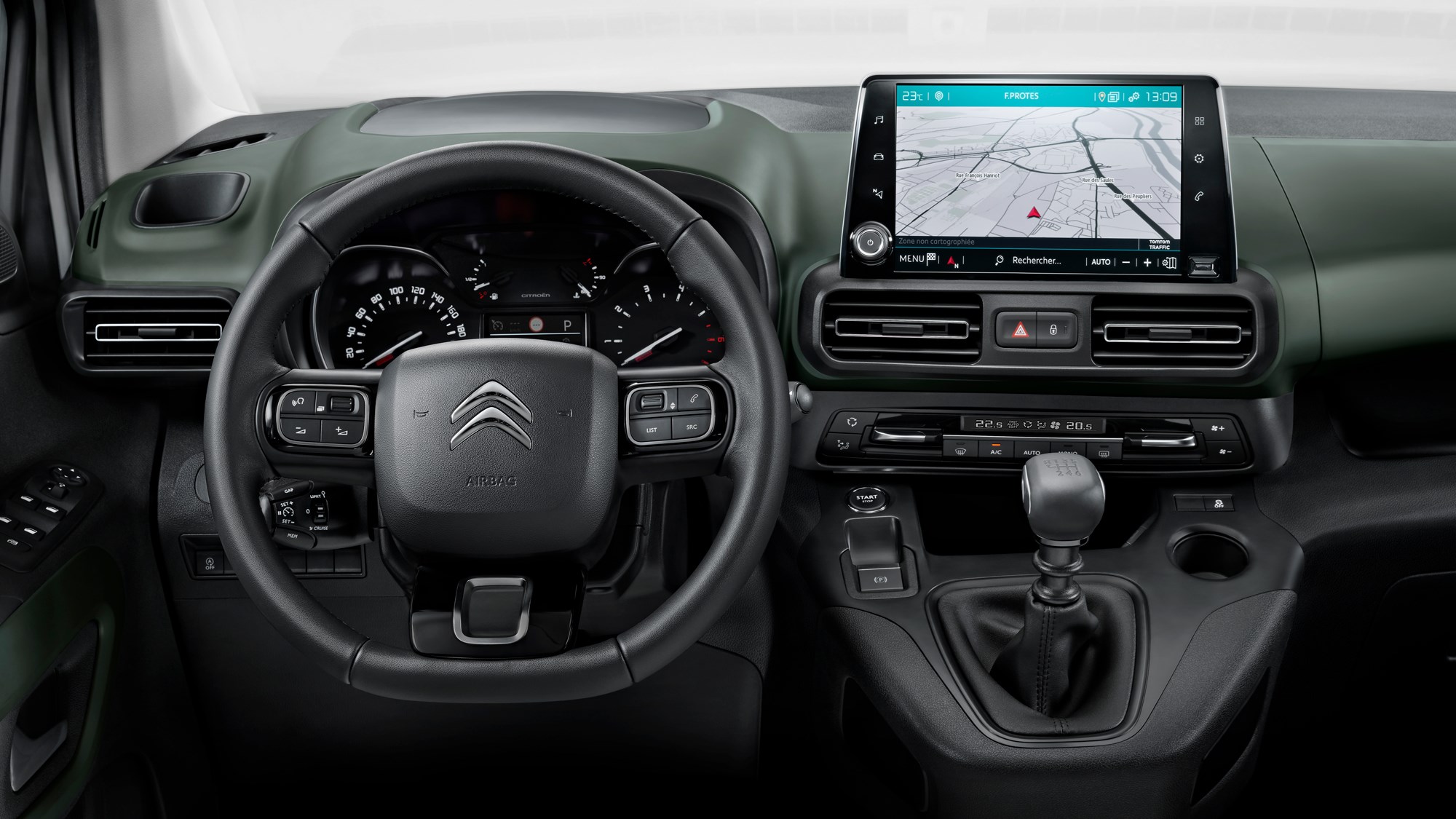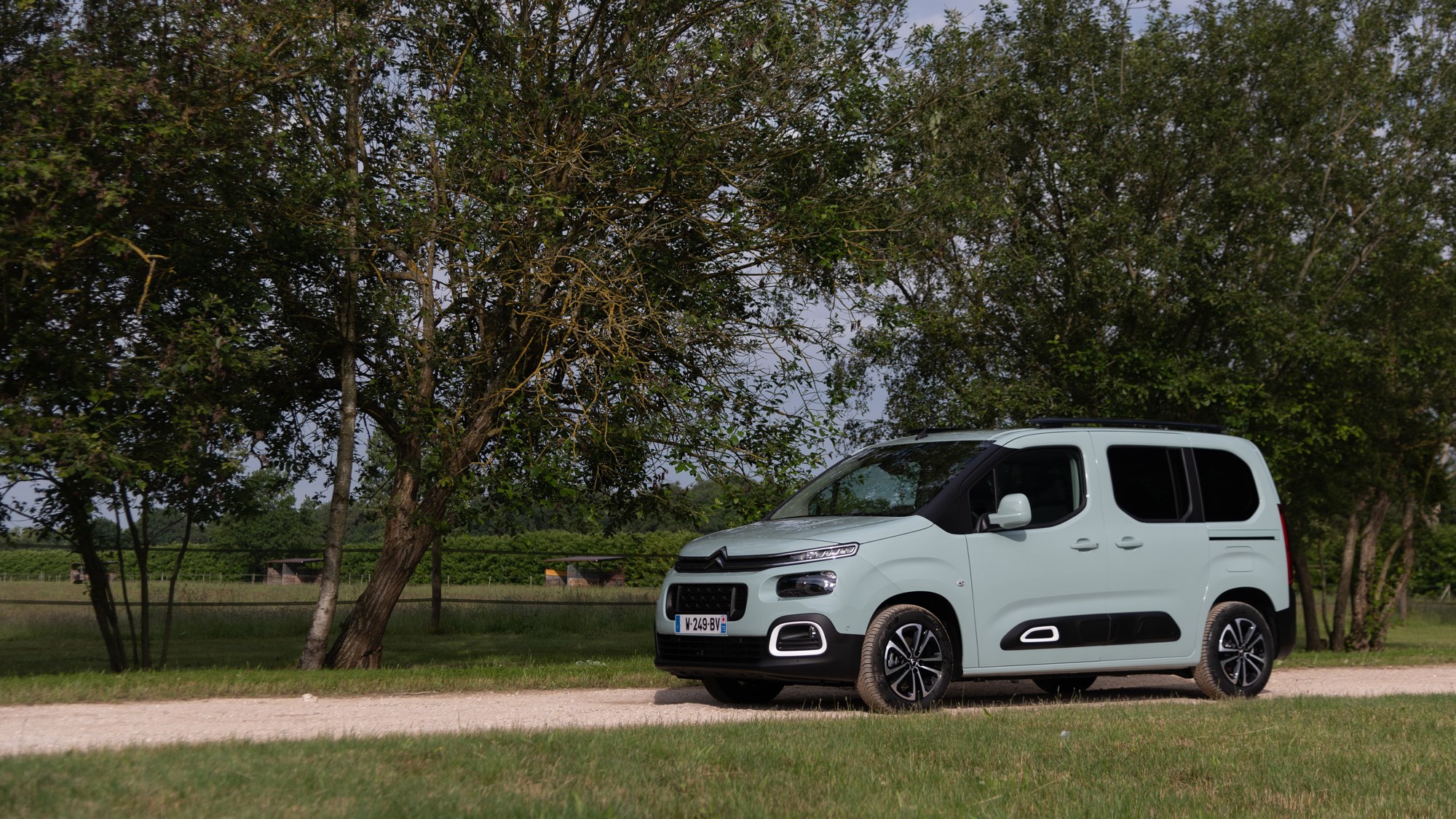► Third-generation Berlingo tested
► Masses of space for people and clutter
► But can you see beyond its van-like looks?
We’ll forgive you for thinking the Mk3 Citroen Berlingo looks like nothing more than the old model with a C3 Aircross nose grafted onto it, but there’s much more to it than that.
What’s different this time around?
Well, firstly the name’s different. Gone is the Multispace suffix used in the UK to differentiate the passenger-carrying Berlingo from its commercial vehicle twin, harmonising the moniker across Europe.
More substantially than that, it’s underpinned by a new platform that’s bespoke to the Berlingo and its close cousins, the Peugeot Rifter and Vauxhall Combo Life.

Up front you’ll find PSA’s EMP2 structure, close to the configuration of the Peugeot 3008, apparently, while the load-swallowing end is an evolution of the previous Berlingo’s rear.
So, the new Berlingo’s no roomier than the old one?
You fell into the trap! No, not at all – in fact, in five-seater guise the Berlingo has 100 litres more boot space up to the window line at 775 litres, despite only being 2cm longer than its predecessor.
And, if you need even more space without leaving a passenger or two behind, Citroen’s also offering the Berlingo XL with an additional 35cm of metalwork aft of the rear wheels that liberates 1050 litres of boot volume. Access is via the enormous tailgate or through the top-hinged rear screen for when space is at a premium.
As before, five- and seven-seaters are available, although the latter’s not sold in conjunction with the desirable – yet optional – Modutop roof storage system. Still, all seven chairs are individual and designed for those of adult proportions, although you do sit rather knees-up in the third row due to the lack of a footwell.
Poke around the capacious cabin and you’ll discover 28 (yes, twenty-eight) different storage areas including a handy shelf above the windscreen, an air-conditioned top-mounted glovebox, hidden wells beneath middle-row passengers’ feet and cupholders sensibly mounted high on the dash.

Aren’t these vans with windows a bit basic?
Certain Mediterranean markets have a penchant for hair-shirt specials, but the UK only gets what are essentially the middle Feel and flagship Flair trim levels, plus a pseudo-off-road XTR pack, with an elevated ride height, roof rails, orange styling accents and a green dashboard. Yes, green.
Flair’s where you have to be to get the more enticing kit, though, such as the 8.0-inch colour touchscreen for the multimedia system, cruise control, climate control and 16-inch alloy rims.
There’s also a wide range of safety kit available that’s been hitherto unseen in what Citroen amusingly refers to as the ludospace segment including a head-up display, adaptive cruise control and Flankguard – a series of sensors along the sides of the Berlingo that alert drivers to objects that might not have been spotted such as bollards in car parks.
The Berlingo must drive like a van, surely?
While there’s no escaping that the Berlingo’s not going to sate enthusiastic pilots with its handling fluidity, it’s nevertheless a comfortable family wagon that encourages you to progress in a relaxed manner.
Not as comfortable as the cushiony C4 Cactus, mind, but pliant enough to not feel the topography of every rut, ripple and cobble whether at urban or motorway pace.
Steering and other controls are on the light side, but it corners accurately, if not simultaneously telegraphing what the front wheels are up to.

Of the two engine/transmission options we’ve sampled so far, the 1.2-litre PureTech 110 triple with a manual six-speeder is satisfactory, but it’s the four-pot 1.5-litre BlueHDi 130 with an eight-speed auto that feels more in tune with the Berlingo’s unperturbed nature.
Drive is selected using a twee rotary controller, with smooth swaps of ratio complementing the motor’s torquey delivery ensuring swift enough progress. Paddle-shifters are there should you want to trade between cogs manually, but the operation feels wholly unsatisfactory.
While it’s unfashionable to be pro-diesel at the moment, this combination suits the Berlingo well – and will have more than enough grunt when your Citroen’s full of people and their detritus, while towing a caravan.
One thing you are particularly aware of from the elevated driving position is that regardless of how comfy it is, it does feel like you’re at the wheel of a small panel van rather than a more conventional car.
Citroen Berlingo: verdict
As a machine for family ferrying, the Citroen Berlingo is demonstrably superb. Well-conceived touches make it a doddle to live with, offering space aplenty – it’s clear this is an effective evolution of the 1.7 million Berlingos the firm’s flogged over the past two decades.
The ‘but’ as ever remains that it is essentially a van with windows and for many customers that Citroen has not only made no effort to hide its commercial vehicle origins – in fact its perpendicularity is more of a celebration of it – will be repulsive enough to ensure its never on a next car shortlist.
Their loss, though.